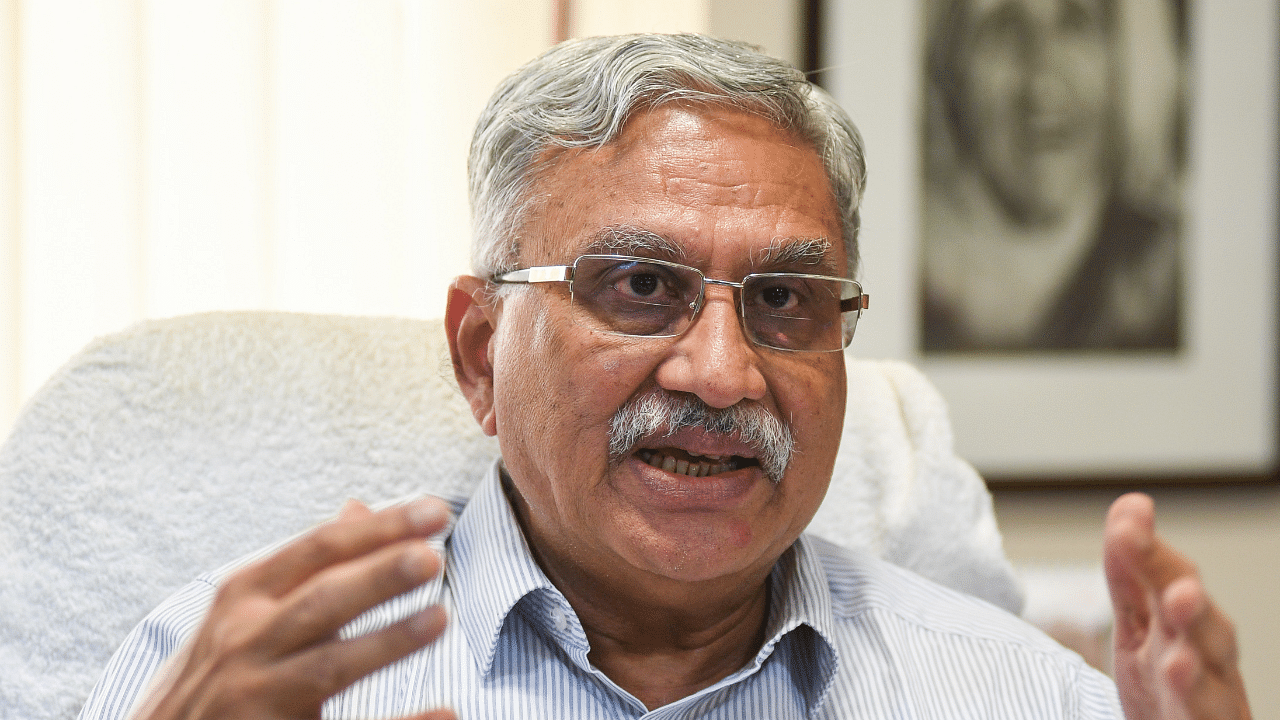
In a new effort to retrace fading markers of India's cultural past, the National Institute of Advanced Studies (NIAS) is set to commence work on a database of cultural heritage sites in the country.
A pilot project, backed by the Indian Space Research Organisation (Isro), will cover 30 sites, Shailesh Nayak, director, NIAS, said.
In its entirety, the project proposes to compile details of about 6,000 sites that could be "broadly defined" as significant in terms of culture and heritage.
"The idea is to map the integrity – or the extent – and the authenticity of the sites, with the help of GIS and other relevant technologies. We are looking exclusively at monuments now but other important structures and inscriptions could be included at a later stage," Nayak told DH.
NIAS has had interactions with the Archaeological Survey of India (ASI). Talks are also on with NGOs and academics regarding the possibilities of scaling up the project. Nayak said the institute was also open to collaborations with corporates.
The project is expected to entail work done outside of Bhuvan, Isro’s geo-portal which uses satellite data to map world heritage sites and important monuments. The database also proposes to build on the location details of structures that have already been identified, and facilitate a detailed summary.
More than mere location: "We are trying to extend the scope of these surveys and compile details beyond the location of the sites. This will require greater domain expertise and we have initiated capacity-building programmes in this connection," the NIAS director said.
A parliamentary standing committee recently underlined the impact of urbanisation and other factors on protection of monuments in the country.
The committee, in its report titled 'Issues relating to untraceable Monuments and Protection of Monuments in India', observed that a physical inspection of 1,655 centrally protected monuments and sites (out of a total 3,678), revealed that 24 of them were "untraceable".
Another 14 were found affected by rapid urbanisation and 12 were submerged in reservoirs/dams. The report was presented to the Rajya Sabha on December 8, 2022.
At NIAS, researchers in the heritage, science and society programme have been exploring cultural landscapes through geospatial methods, ground surveys and archaeological excavation techniques. Geospatial data have been used in identifying undocumented features of built heritage.